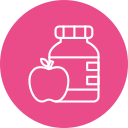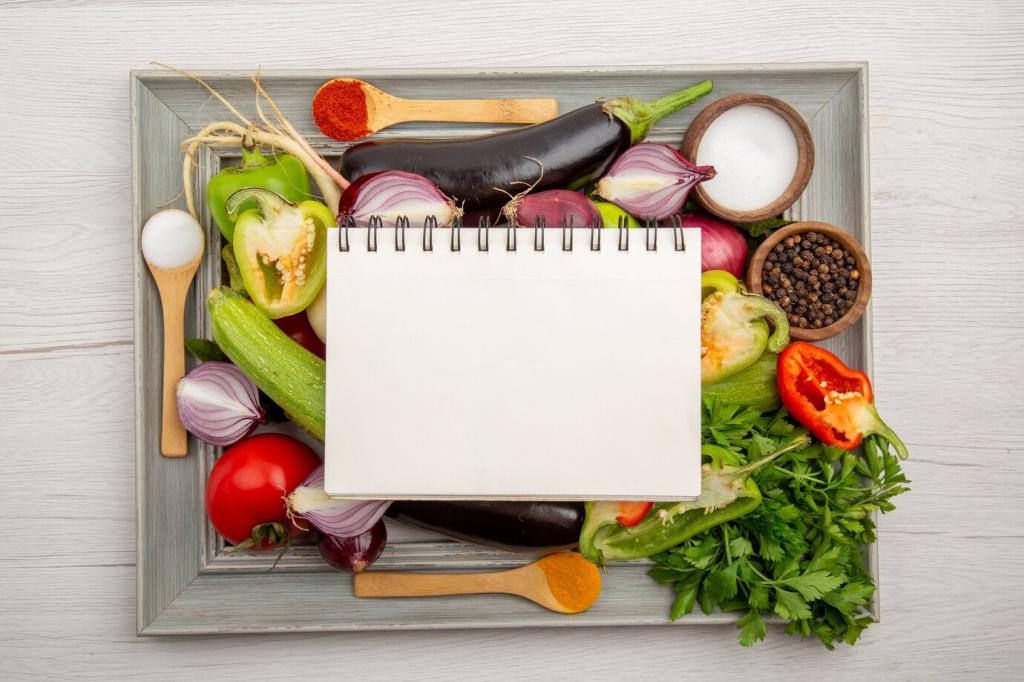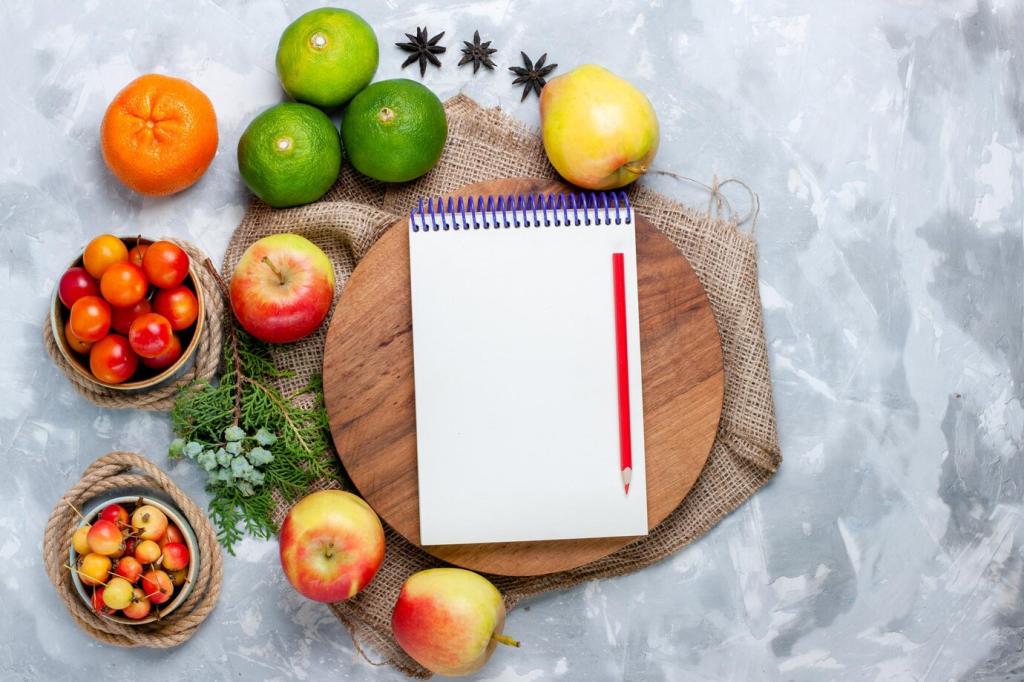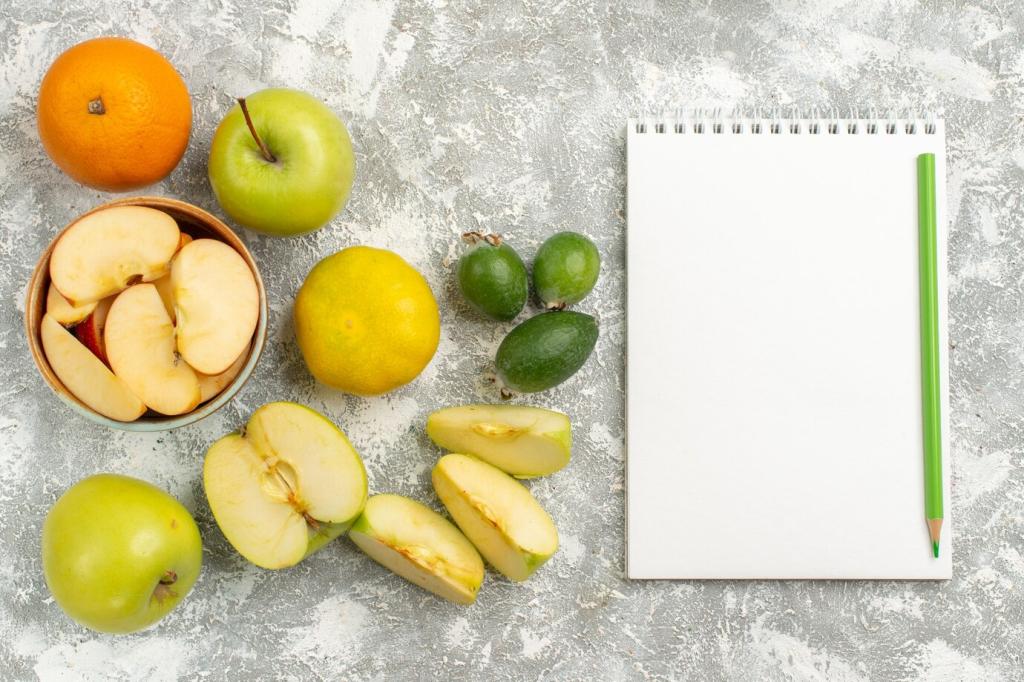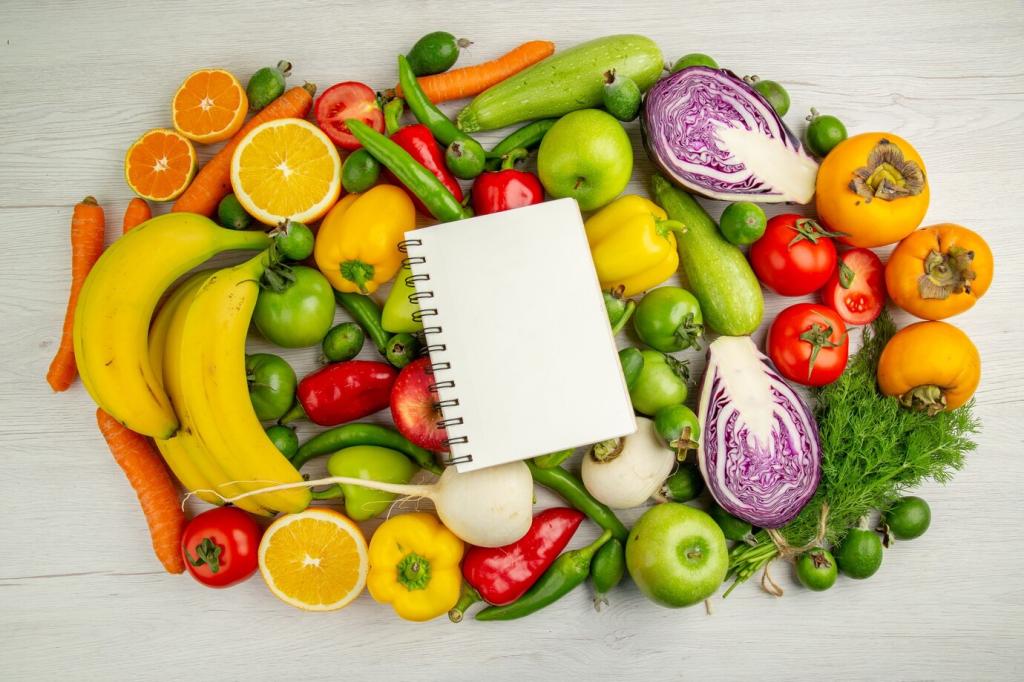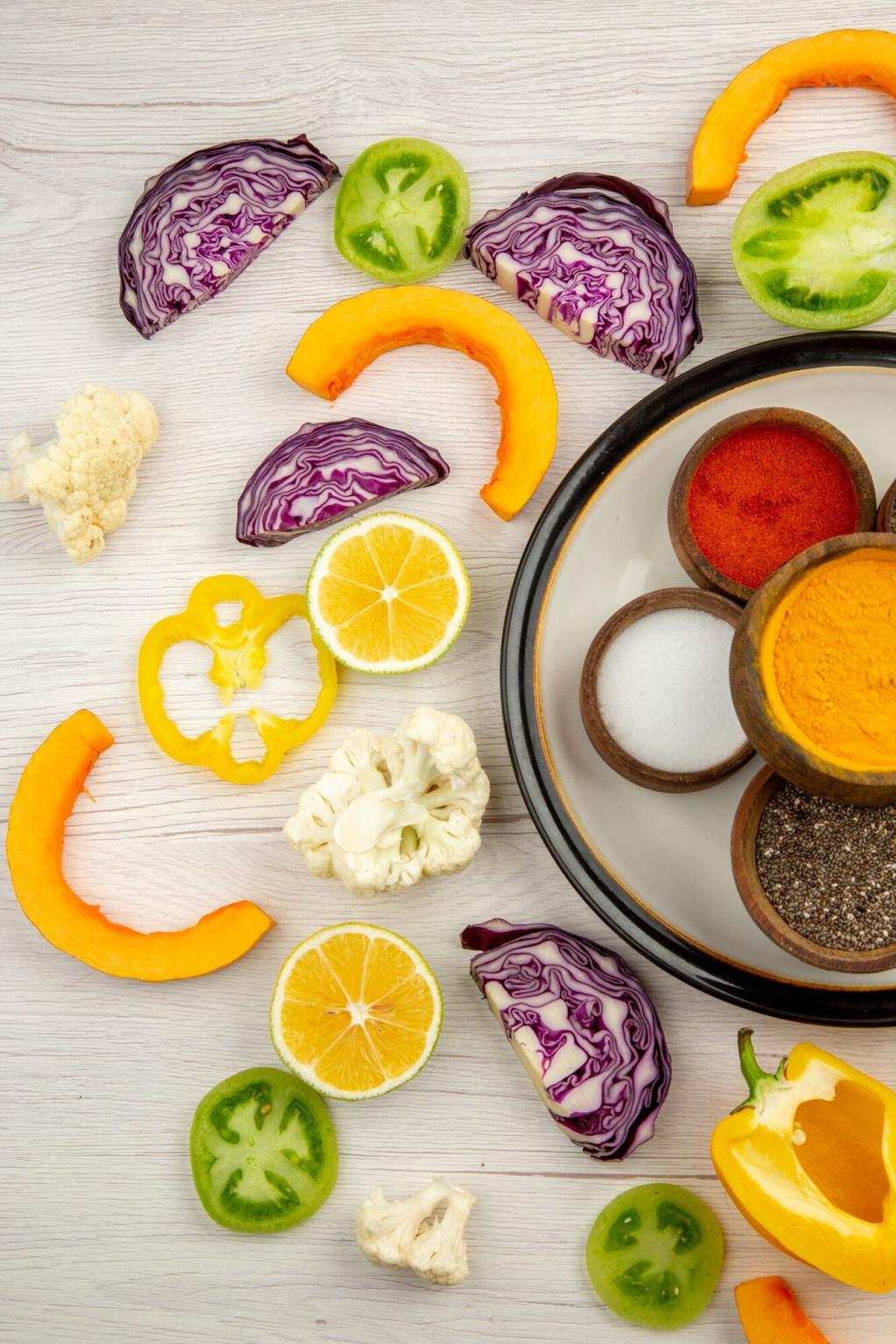Hydrating During Training and Competition
Weigh before and after a representative session. Sweat rate per hour equals pre-session mass minus post-session mass, plus fluids consumed, minus any urine, divided by hours. Repeat in different weather and intensities. These numbers guide your hourly intake far better than generic, one-size advice.
Hydrating During Training and Competition
Most athletes feel best spacing drinks every 10–15 minutes, targeting roughly 400–800 milliliters per hour depending on sweat rate. Smaller, regular sips reduce sloshing and gut distress. Practice with your race bottles and pacing, and log how your stomach and energy respond under real conditions.
Hydrating During Training and Competition
Heat increases sweat losses; humidity slows evaporation, making cooling harder. Early days at altitude can increase fluid needs through diuresis and faster breathing. Plan more sodium and slightly higher volumes, then refine with daily weigh-ins, urine color checks, and honest notes about comfort and performance.
